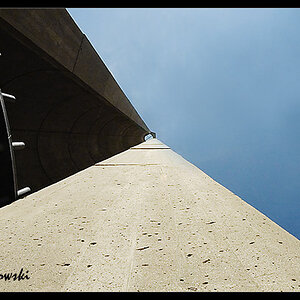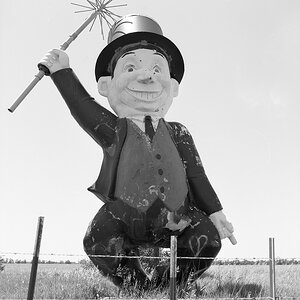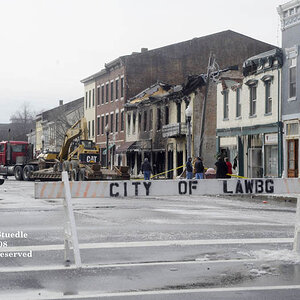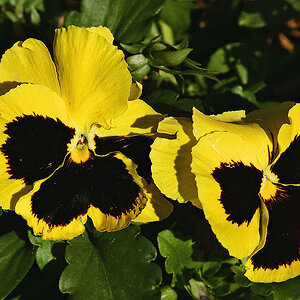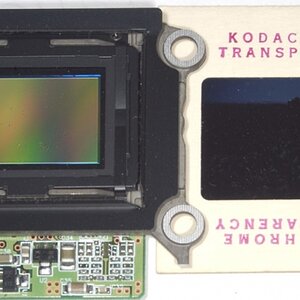sovietdoc
No longer a newbie, moving up!
- Joined
- Jun 12, 2010
- Messages
- 1,142
- Reaction score
- 75
- Location
- rest of the world
- Can others edit my Photos
- Photos OK to edit
in 2 weeks I am going to a sunset shoot at the ocean shore. Last few times I've done it, I didn't like the result as reflection from the waves messed it all up. I wan to bring those reflections down and I hear CPL's are good for that? I don't want a GND because I can easily do what those filters do when working with RAW in photoshop with a few of my plugins. But getting rid of reflections I can't do in PP.
Also I'll be going to shoot lakes/mountains and I take it CPLs are very useful for that?
If my assumptions about the usefulness of a CPL filter for the type of shots I want are correct then I want to get one. I see that there are tons of brands out there. If money is no subject and I want the highest possible IQ what should I go for?
B+W? Hoya? Heliopan? Kenko? Tiffen? Zeiss? Singh-Ray?
BH Lists Singh Rays as the most expensive for 82mm thread but are they that good? Has anyone used them?
Thanks guys.
Also I'll be going to shoot lakes/mountains and I take it CPLs are very useful for that?
If my assumptions about the usefulness of a CPL filter for the type of shots I want are correct then I want to get one. I see that there are tons of brands out there. If money is no subject and I want the highest possible IQ what should I go for?
B+W? Hoya? Heliopan? Kenko? Tiffen? Zeiss? Singh-Ray?
BH Lists Singh Rays as the most expensive for 82mm thread but are they that good? Has anyone used them?
Thanks guys.





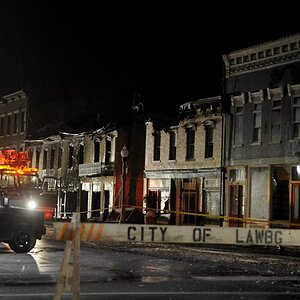
![[No title]](/data/xfmg/thumbnail/36/36668-ac1cd3882e96edd642d568c48ed3e7a5.jpg?1619737676)
